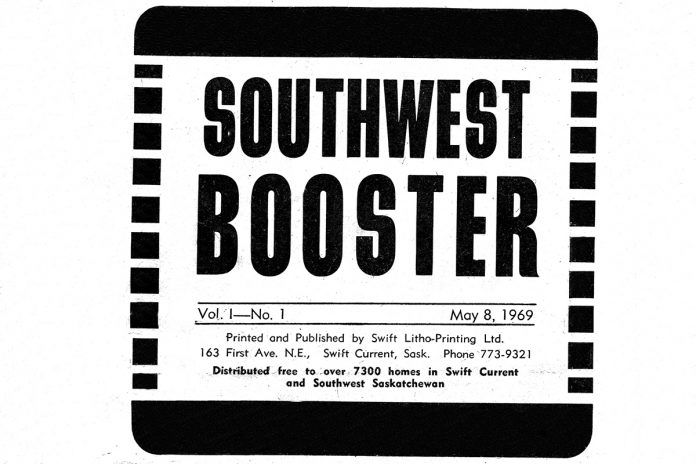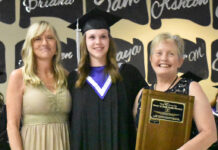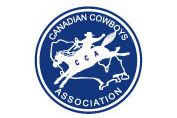Volume 1, Issue 1 of the Southwest Booster rolled off the press for distribution on May 8, 1969.
From that modest eight page edition 50 years ago, the Booster continues to build on that entrepreneurial legacy to remain the longest running free distribution newspaper in the Southwest.
The Booster originated from the offices of Swift Litho Printing, which was was launched in 1957. Swift Litho was a small commercial print shop that was a downtown Swift Current fixture over the years. The print operations were originally conducted at a 9th Ave. N.W. location before settling into office space at 222 Central Ave. N., and then to 164 1st Ave. N.E. Swift Litho moved into our current 30 – 4th Ave. N.W. location in 1972. There were several additions to the building over the years, as it grew to 4,000 square feet during a major renovation in 1980.
Ron Corrins was the founder of Swift Litho Printing in 1957, and he and Ken Leitch launched the Southwest Booster on May 8, 1969.
“We heard these shopper type newspapers were catching on around the country, and we thought we should try one of those,” Corrins said during a family celebration during his 90th birthday back in February.
“The way we got a foothold was a guy came to town…he had been selling advertising for a shopper somewhere else. And he says ‘I can probably get this going for you’,” Corrins recalled.
He said their advertising product caught on quickly because of their local focus.
“One of our major advertisers was Manning Mercury. The reason we got them was because the ad man from ‘The Sun’ went there one day and showed them the nice car he bought in REGINA. So that was the end of them.”
He said that feedback on the importance of shopping local was a lesson that remained with them during their inaugural years.
“I don’t mind them buying a car from someone else around town, but when you go out of town, that’s the end,” he recalls being told.
“We got a page ad out of Manning Mercury…but at least it got us off the ground,” he said. “That was just enough to get us rolling I guess, and other people came along with advertising.”
His daughter Leslie Corrins, who ran the Shaunavon Standard for a number of years, admitted that the entire family knew the importance of that message.
“That was something that became ingrained in all of us was Shop Local. Support the businesses where you live. And especially for me when I got into business in Shaunavon, same thing. There’s no way I would have bought a vehicle anywhere but one of the businesses in Shaunavon. Because then I’m going out to them and wanting them to advertise in my paper. So we’ve all still got that mentality. You support your local people and businesses,” she said.
The slogan of the Booster for many years was The Marketplace of the Southwest, with the paper providing a key advertising method to reach consumers.
“In those days, classifieds were a factor as well. There wasn’t any on-line stuff in those days.”
The Booster was originally printed on a sheet fed press, one side at a time. As they grew they were then printed in Regina for a short while.
Corrins recalled this often led to unique situations, as they used to send the print negatives by Greyhound bus the night before, and then drive in to Regina to pick up the printed edition the following day.
“One time the printer phoned from Regina and says ‘we didn’t get the negatives’. It was the day before an election, and there was a certain point you couldn’t advertise. So what the hell. So we go to the bus depot and the negatives are still sitting there. So I grabbed those negatives and I was in Regina in about two hours and got that paper out on time,” he chuckled. “Those were the kind of things that happened.”
The Booster eventually bought a three unit News King press which was in operation for over two decades. The press was purchased in 1974, and the Booster was one of the first print shops in Saskatchewan to utilize computerized typesetting.
“A noisy, bloody thing,” Corrins recalls of that old press. “Back in those days you weren’t concerned about your hearing. That’s why I’m not hearing very good because that bloody press banging away and you didn’t wear any ear protection. After I left the business it became mandatory.”






